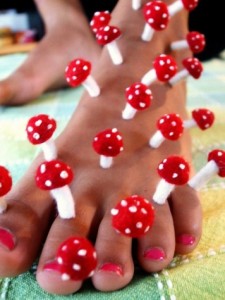
The definition of a myth is: a widely held, but false idea or belief.
When it comes to our health there are many myths, and false information is never a good idea when it comes to our health. So I’m providing you with some myths and the truth about Athlete’s Foot that can help you on your journey to better foot health.
Myth #1: Only athletes can get Athlete’s Foot
This of course is not true. Athlete’s Foot is a fungal infection that affects the skin in and around the toes, and is also a form of ringworm. It is most commonly found in feet that sweat a lot. It can also be contracted in damp public places such as gyms, locker rooms, swimming pools. Athlete’s Foot got its name because athletes are more prone to develop athlete’s foot because of the conditions they put their feet in. But it is very common to see someone with little athletic ability to develop Athlete’s Foot as well.
Myth #2: Only people with bad hygiene can get Athlete’s Foot
Cleanliness has nothing to do with Athlete’s Foot. You can still develop Athlete’s Foot even if you wash your feet several times a day. It’s all about making sure your feet are dry. Drying your feet, and especially between the toes, after you wash is key. Fungus and bacteria thrive in dark damp environment, so if you aren’t drying you could very likely develop Athlete’s Foot. It is also a myth that showering regularly prevents Athlete’s Foot, but that again is just a myth. The dark damp floor in the shower is a breeding ground for all type of different fungi.
Myth #3: You can only get Athlete’s Foot by walking barefoot where the fungus already lives.
It’s true that if you walk around barefoot in public showers, gyms, and pool that you can get Athletes Foot. But that is not the only way. You can also get Athletes Foot by sharing socks, shoes, or through direct foot to foot contact with someone who has Athlete’s Foot.
Myth #4: If your skin isn’t peeling, it’s not Athlete’s Foot.
Peeling skin is in fact a sign and symptom of Athlete’s Foot, but not every person experiences the same symptoms. Athlete’s Foot can show itself in different ways including; dryness, redness, itching, as well as peeling. Some types of Athlete’s Foot can also present itself as small fluid filled blisters. So just because your skin isn’t starting to flake its way off, but you are experiencing all the other symptoms, it could be Athlete’s Foot.
Myth #5: Athlete’s Foot only affects the feet.
Athlete’s foot is a fungi based infection which can be spread from person to person, as well as from other areas of your body. If you scratch your foot and then other parts of the body such as the groin or the armpits, the fungus can be spread. Also coming in contact with contaminated clothing or blankets can spread athlete’s foot to other places of the body.
Myth #6: Athlete’s Foot will eventually go way without treatment.
This will rarely happen. Athlete’s Foot fungus thrives in warm, dark, moist conditions, such as in a shoe or sock. Unless you are able to consistently remove it from such an environment it is very unlikely to just “go away”. There are a variety of over the counter treatments from creams to powders which can help kill the fungus causing Athlete’s Foot, however is symptoms do not improve it may be best to consult a podiatrist for treatment.
Myth #7: Once Athlete’s Foot is gone, it’s gone for good.
This is not a case of the chicken pox, this is a fungus. Athlete’s Foot can return after being treated, such as any other bacterial infection. Athlete’s Foot can return if you come in contact with it again, or by keeping your feet damp without proper drying methods. Putting foot powder in your socks are a good way to make sure your feet stay dry, as well as copper fiber socks to absorb the moisture.
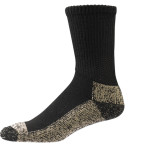 Available at The Right Shoe: COPPER SOCKS
Available at The Right Shoe: COPPER SOCKS

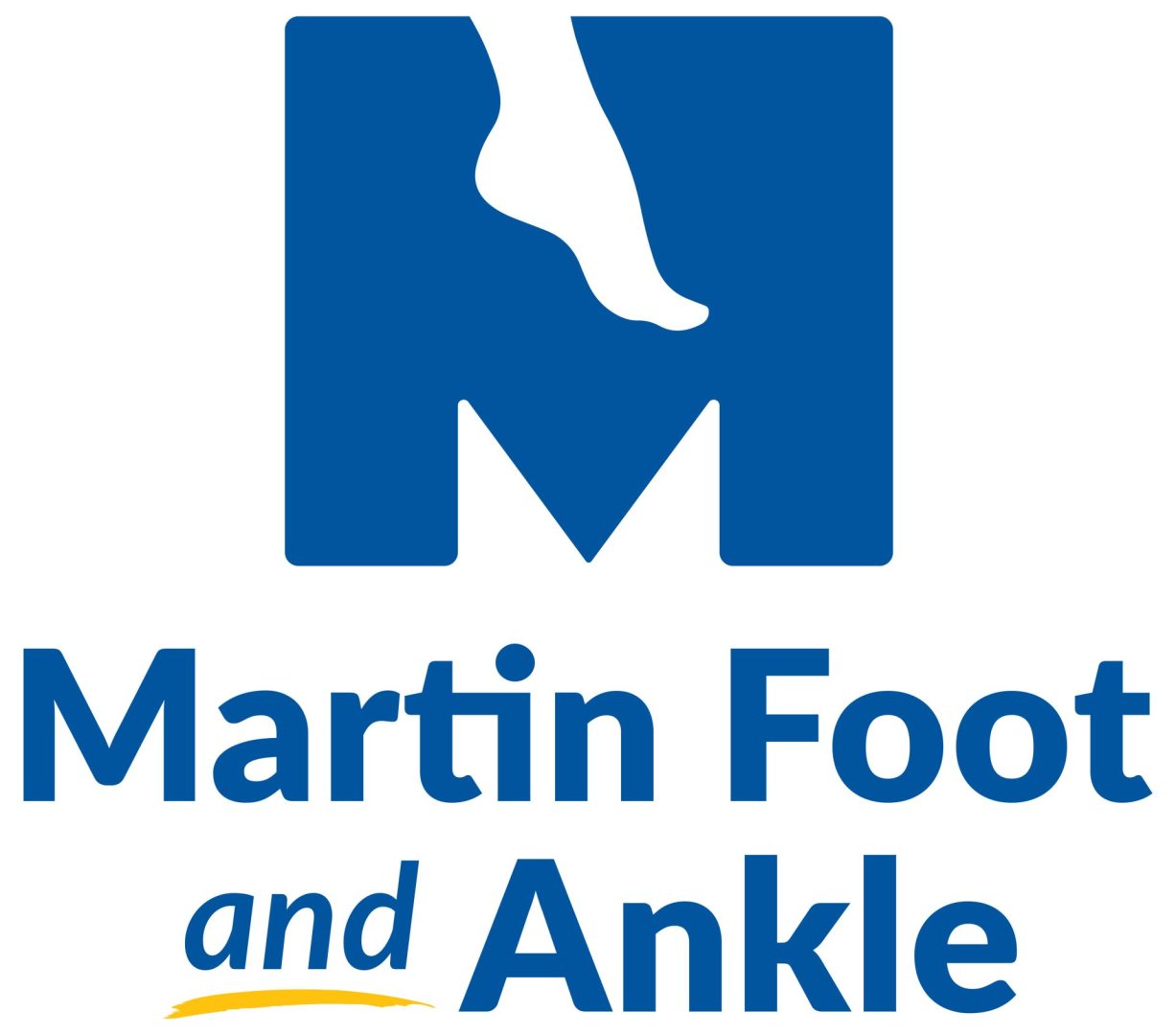
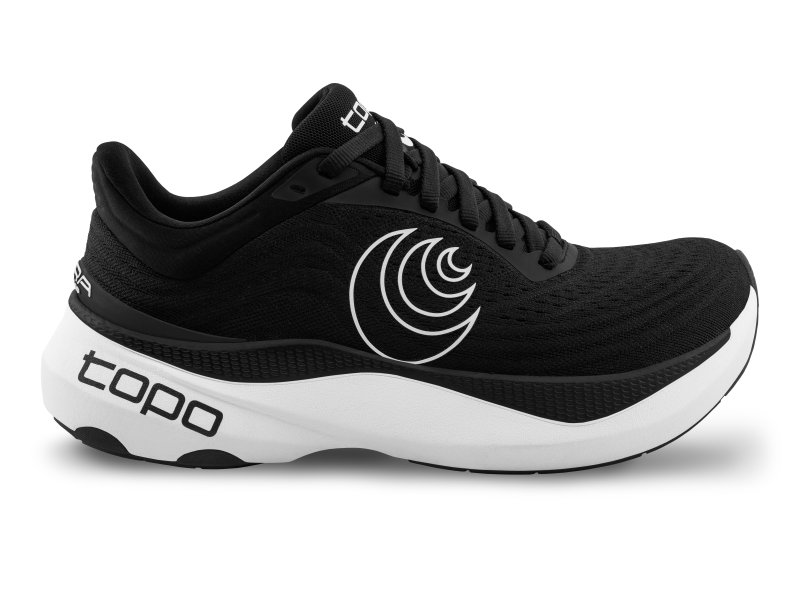
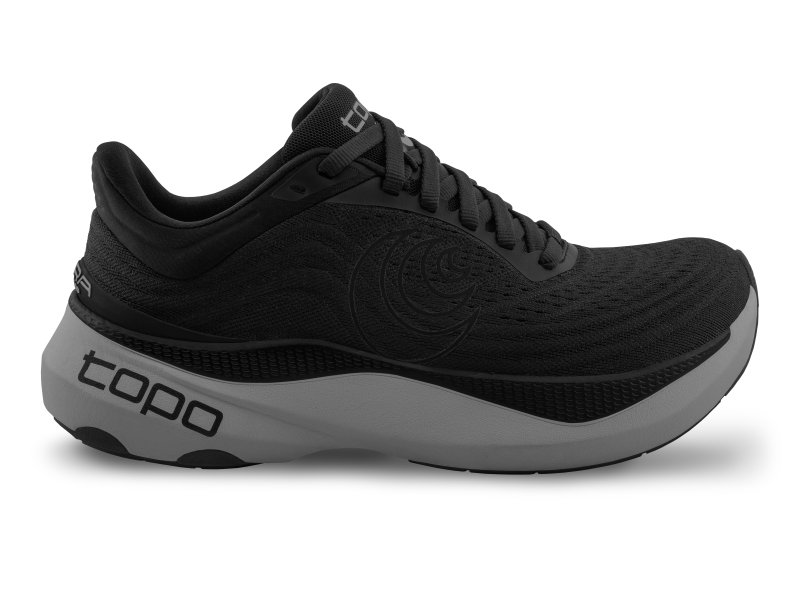
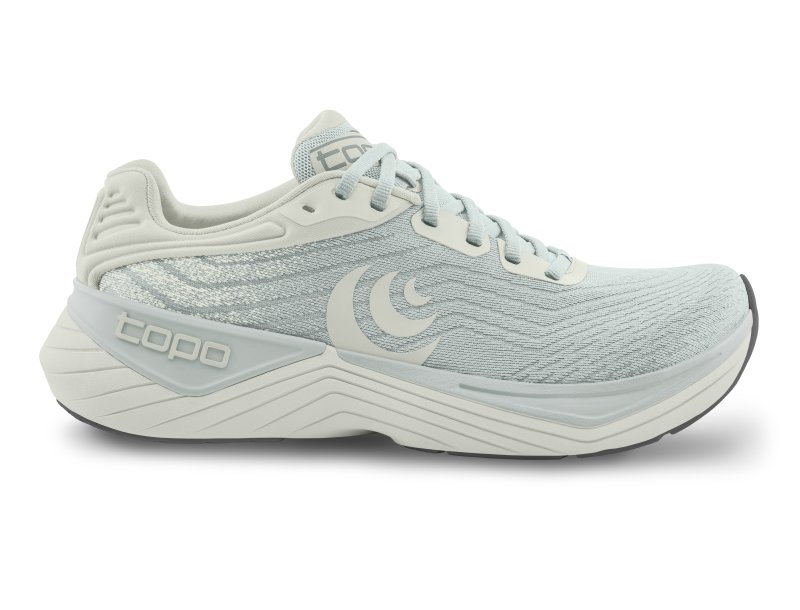
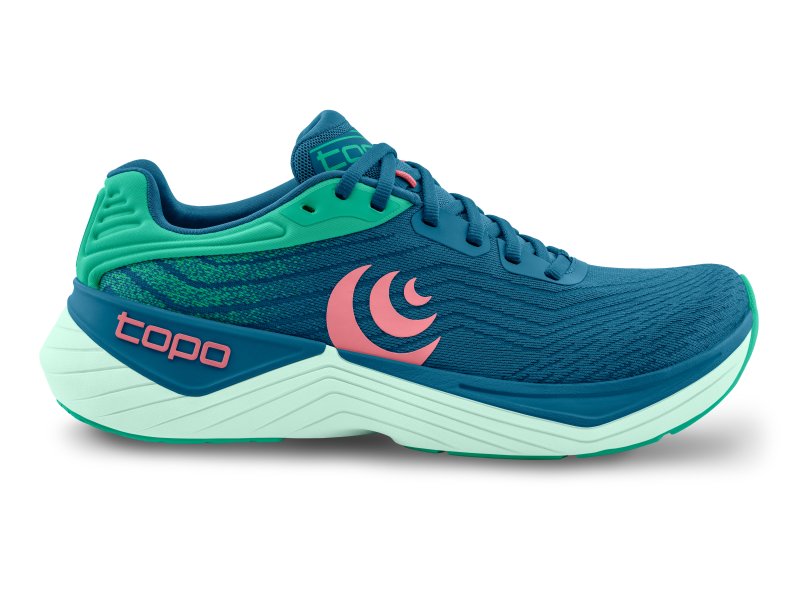
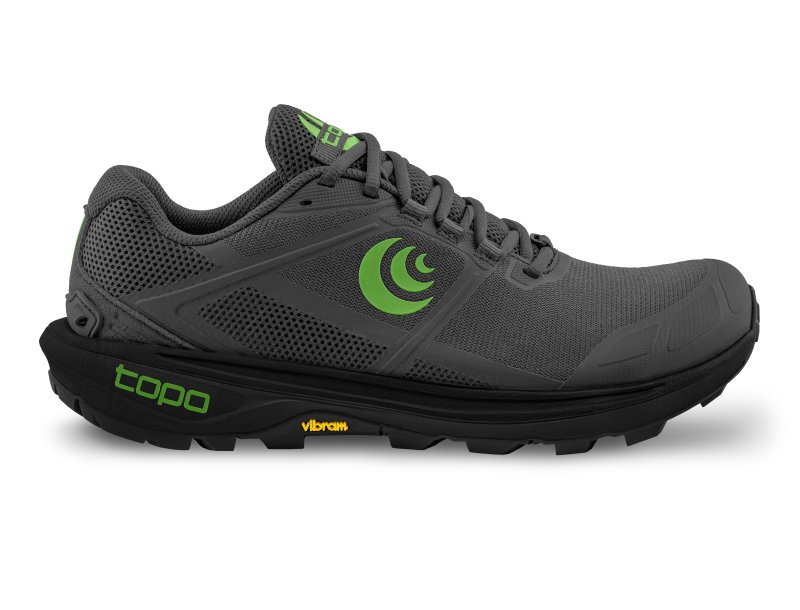
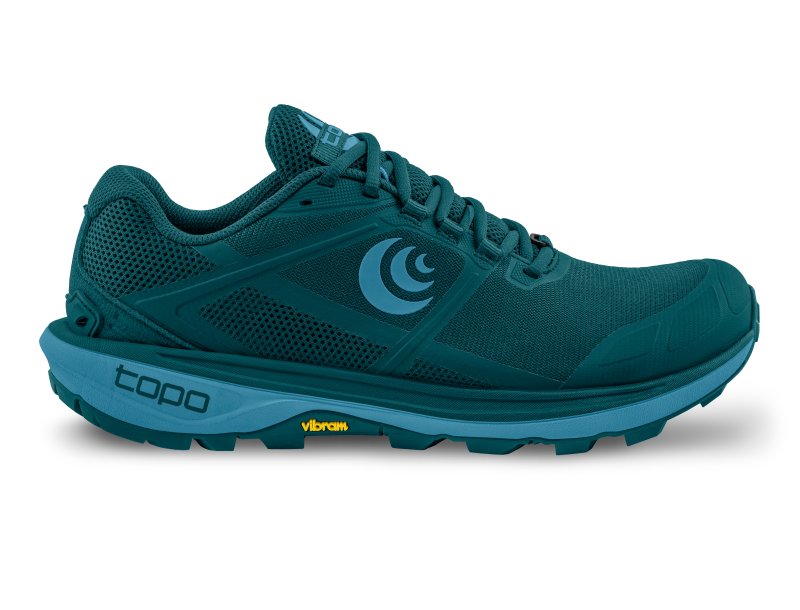
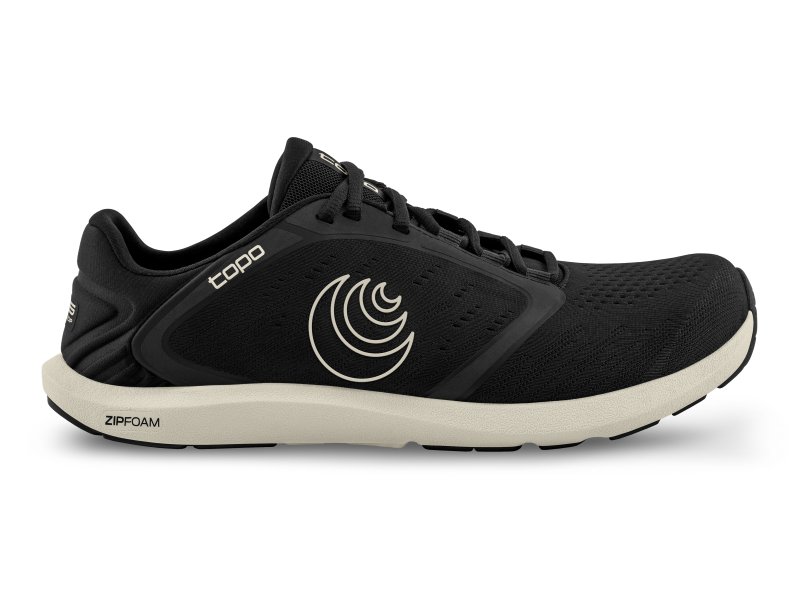
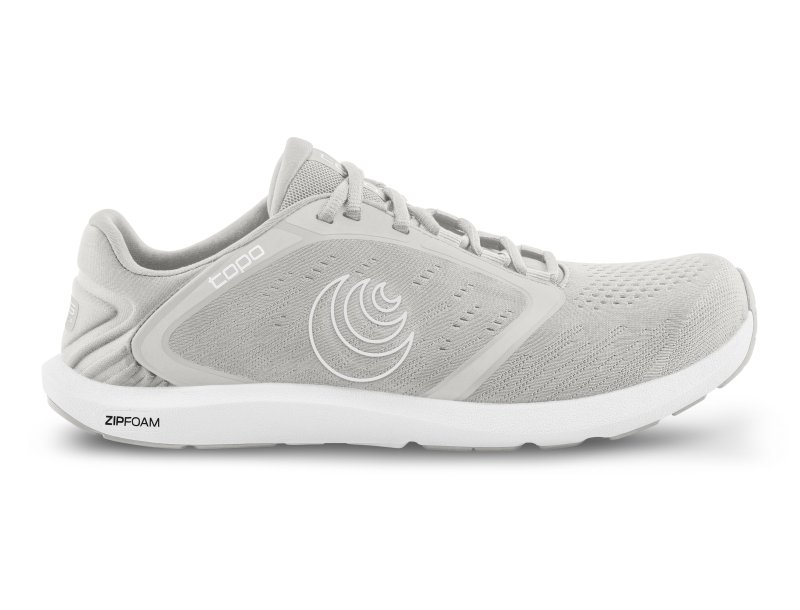
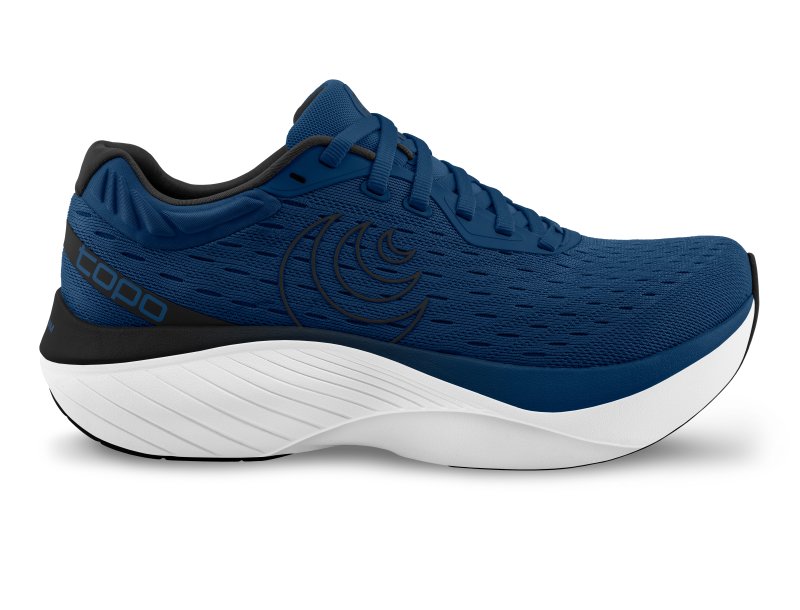
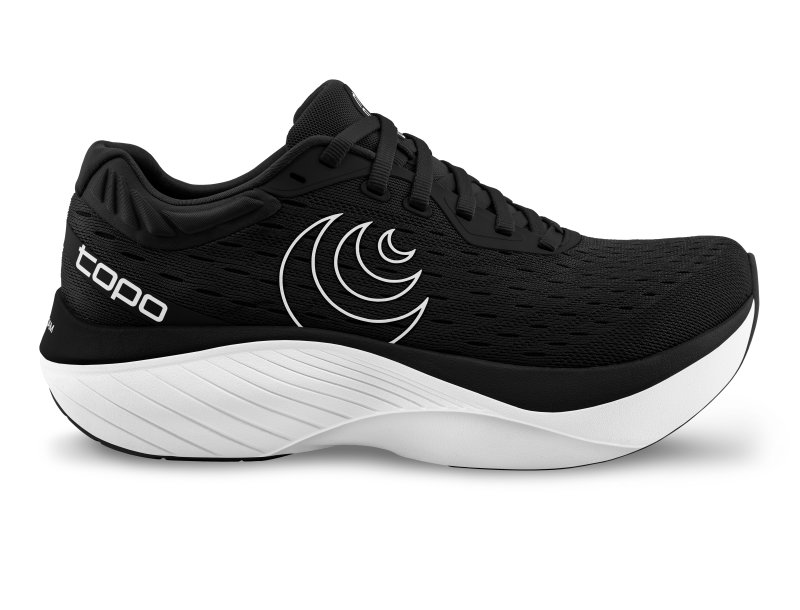
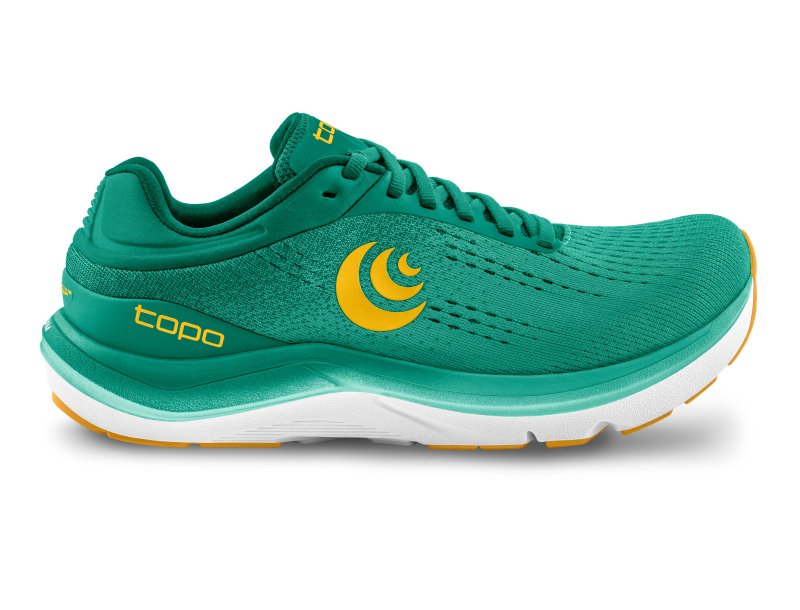
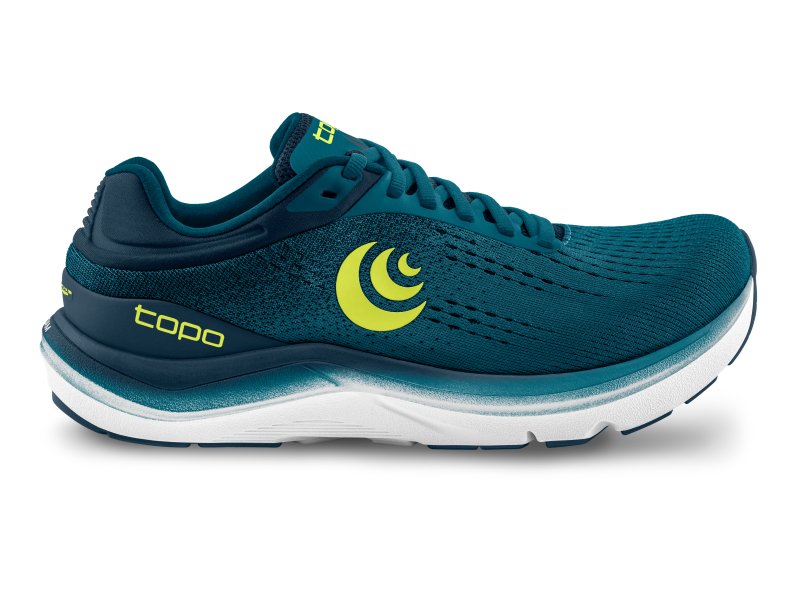
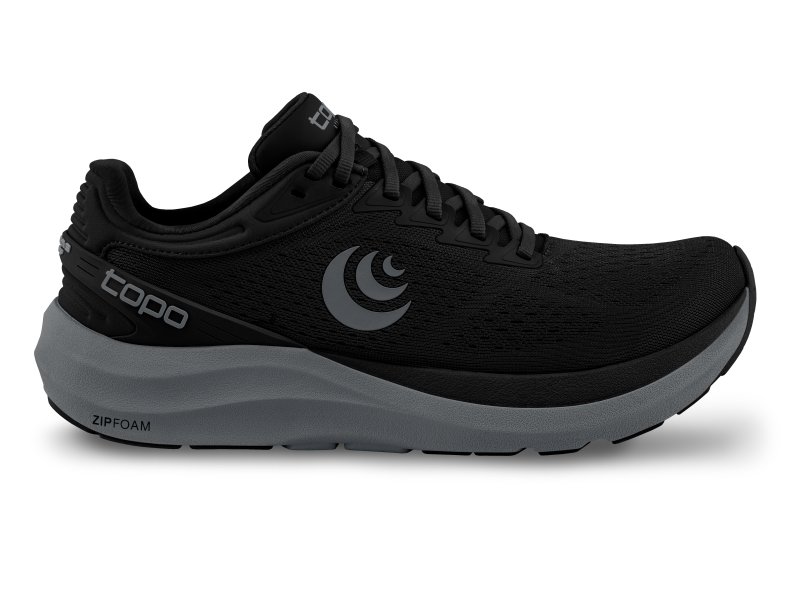
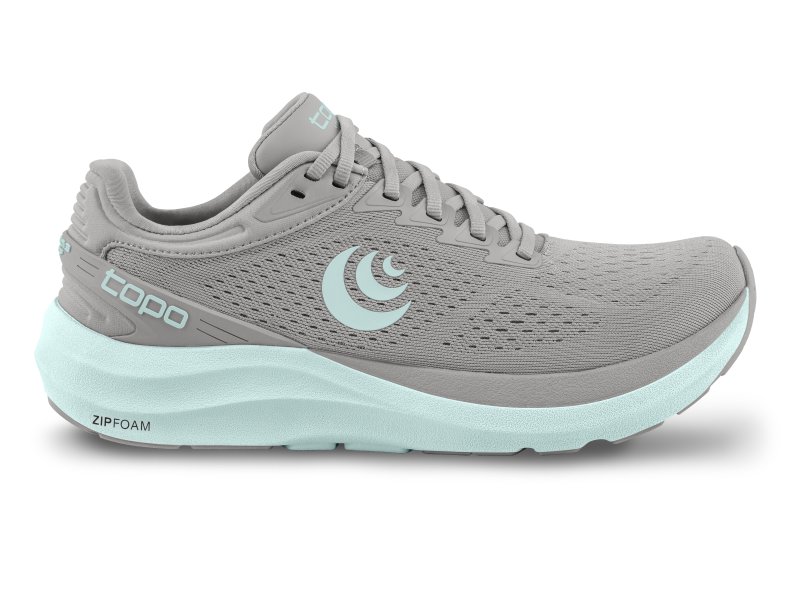
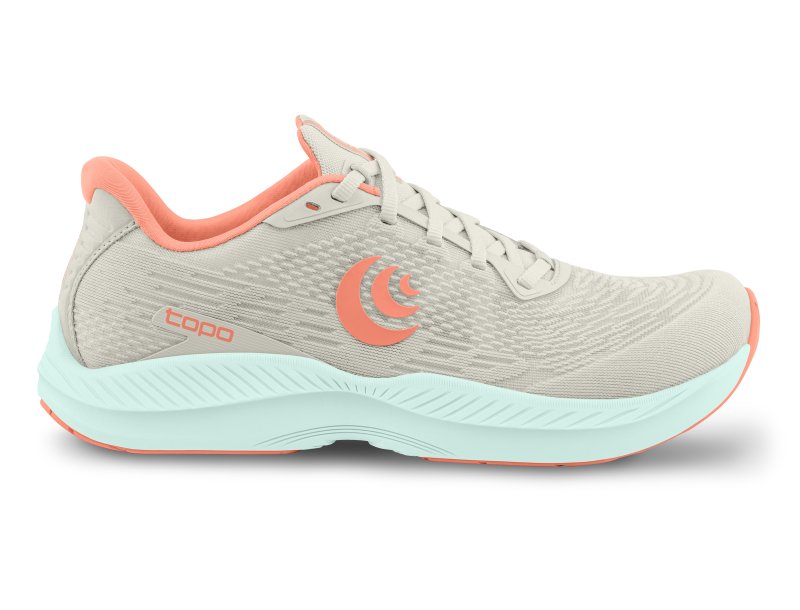
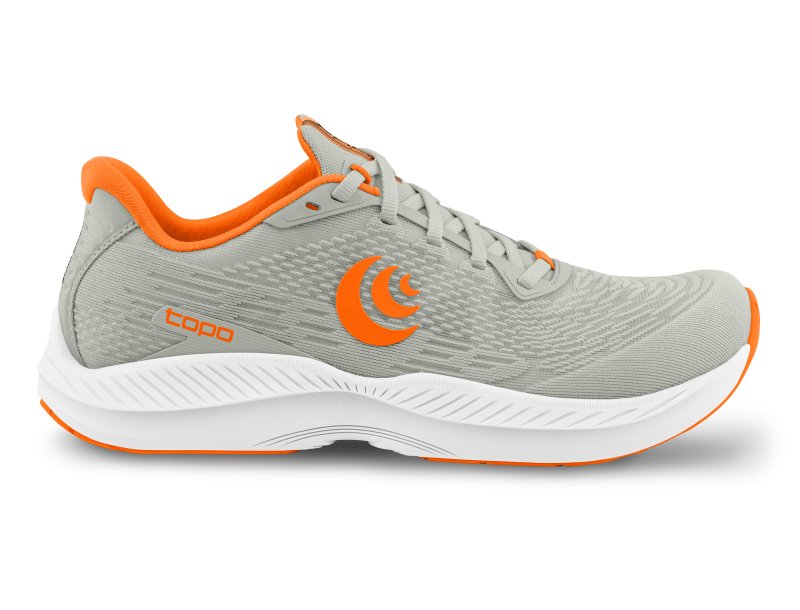
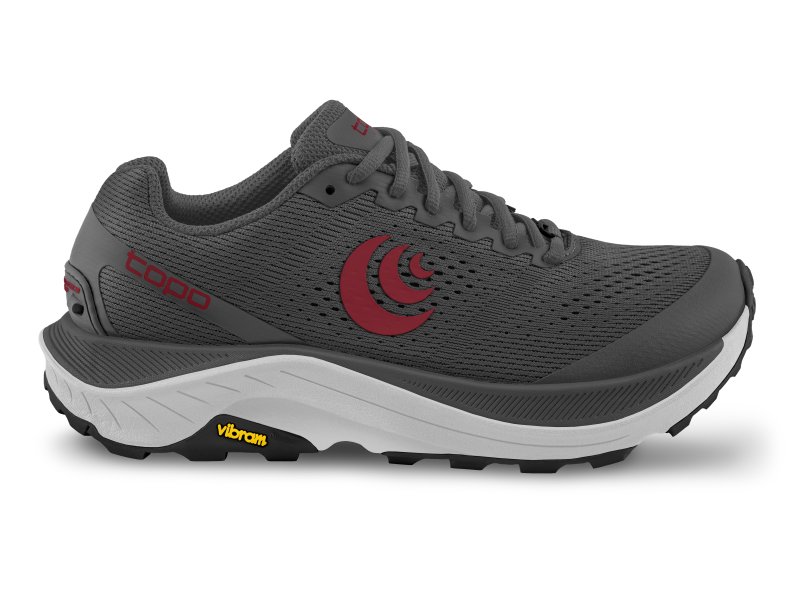
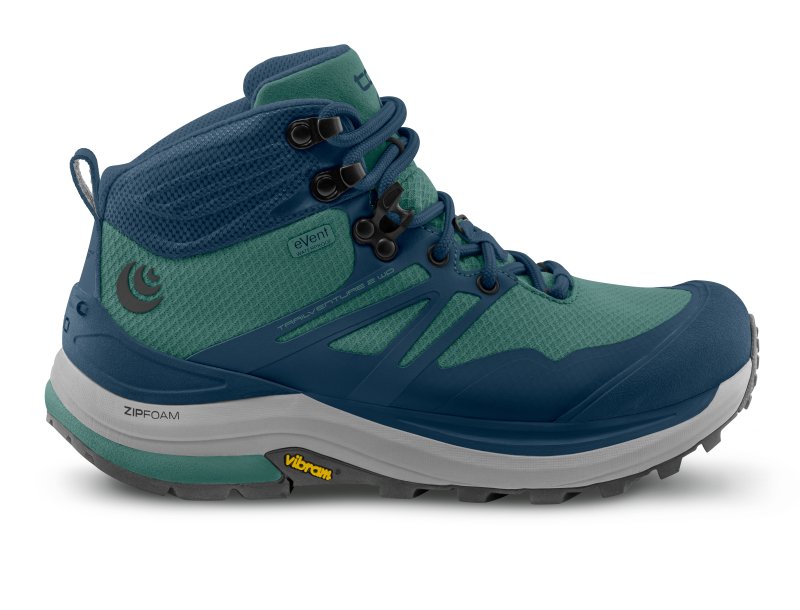
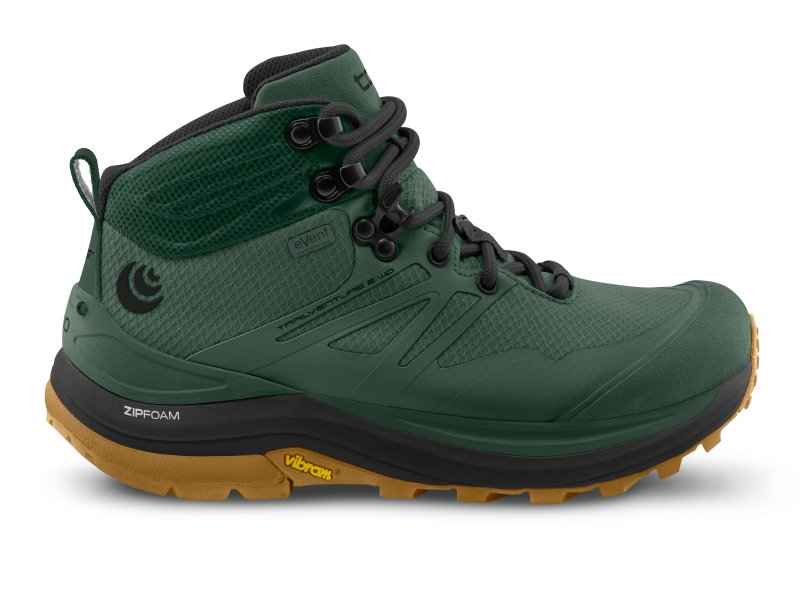
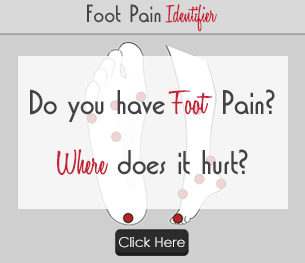
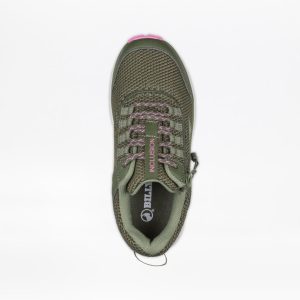
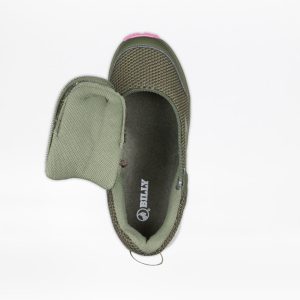

Great post. Articles that have meaningful and insightful comments are more enjoyable, at least to me. It’s interesting to read what other people thought and how it relates to them or their clients, as their perspective could possibly help you in the future.